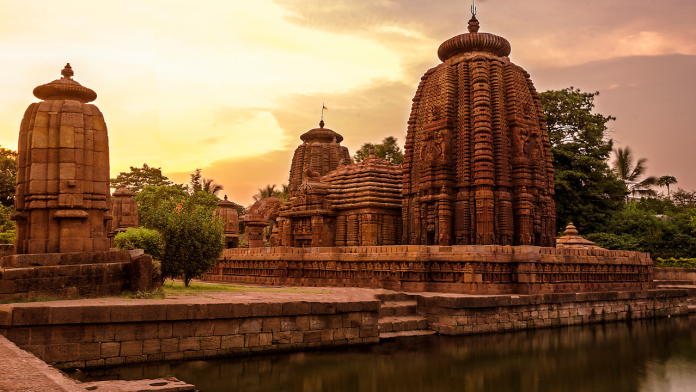India, a land of diverse cultures and traditions, is home to some of the most exquisite and awe-inspiring temple architectures in the world. These temples not only serve as places of worship but also stand as architectural marvels, reflecting the artistic and spiritual excellence of the country. In this article, we will take a journey through the captivating world of temple architecture in India.
Historical Significance of Temple Architecture
Indian temple architecture holds a significant place in the country’s history. It dates back to ancient civilizations and has evolved over thousands of years. The temples are not only centers of spirituality but also tell the stories of different dynasties, rulers, and their contributions.
Architectural Styles Across India
India’s vast landscape is a mosaic of architectural diversity, with various regions boasting their unique styles. Let’s delve into the most prominent ones:
South Indian Temples
Dravidian Architecture
The South is renowned for its Dravidian architectural style, characterized by towering gopurams, intricate carvings, and massive temple complexes. The Brihadeeswarar Temple in Thanjavur, built during the Chola dynasty, is a prime example.
Chola Dynasty
The Cholas played a pivotal role in shaping temple architecture in the South. Their temples are known for their grandeur and precision.
North Indian Temples
Nagara Style
North India showcases the Nagara style, featuring tall shikharas and beautifully sculpted temples. The Khajuraho Group of Monuments in Madhya Pradesh is a prime example of this style.
Mughal Influence
The Mughals left a mark on North Indian temple architecture, incorporating elements of Islamic art and design.
Eastern Indian Temples
Kalinga Architecture
Eastern India’s Kalinga architecture boasts intricately designed temples with exceptional stone carvings. The Konark Sun Temple in Odisha is a masterpiece.
Konark Sun Temple
The Konark Sun Temple is an architectural wonder, dedicated to the sun god Surya. It’s famous for its chariot-like design and intricate carvings.
Western Indian Temples
Solanki Architecture
Western India is known for Solanki architecture, which features ornate and detailed work. The Dilwara Temples in Mount Abu, Rajasthan, are prime examples.
Dilwara Temples
The Dilwara Temples are a series of five Jain temples, celebrated for their intricate marble carvings and breathtaking architecture.
Unique Features of Indian Temple Architecture
Indian temples are known for their exceptional features, including intricate sculptures, detailed carvings, and spiritual symbolism.
Spiritual and Religious Significance
Temples play a crucial role in Hindu spirituality, providing a space for devotees to connect with the divine. The architecture itself is symbolic and spiritually charged.
Materials Used in Temple Construction
Stone, granite, marble, and wood are some of the materials employed in temple construction, with each region utilizing materials readily available.
Iconography in Temple Art
Temple art is rich in symbolism and iconography, with deities and mythical creatures adorning the walls and pillars.
Preservation and Conservation
Preserving these architectural wonders is of utmost importance. Many organizations and governments are actively involved in their restoration and maintenance.
Contemporary Temple Architecture
Modern temple architecture combines tradition with innovation, blending ancient designs with modern materials and technology.
Popular Temples to Visit
India boasts countless temples, but some of the most famous ones include the Khajuraho Temples, Meenakshi Temple, and the Golden Temple in Amritsar.
Conclusion
Indian temple architecture is a testament to the country’s rich history, spirituality, and artistic excellence. These temples continue to draw visitors from around the world, providing a glimpse into the divine and the extraordinary craftsmanship of the past.
FAQs
- What is the oldest temple in India?
- The oldest temple in India is believed to be Mundeshwari Temple in Bihar, dating back to the 4th century.
- How is temple architecture preserved in India?
- Many government agencies, heritage organizations, and religious trusts actively work to preserve and maintain temple architecture in India.
- Are Indian temples only for Hindus?
- No, Indian temples are open to people of all faiths and backgrounds. Visitors are welcome to admire the architecture and experience the spiritual ambiance.
- What is the significance of the lotus motif in Indian temple architecture?
- The lotus symbolizes purity and enlightenment in Hinduism, and it often appears in temple architecture to represent spiritual growth and divinity.
- Can you visit Indian temples as a tourist?
- Yes, many temples in India are open to tourists, and they offer a unique cultural and spiritual experience to visitors from all over the world.



